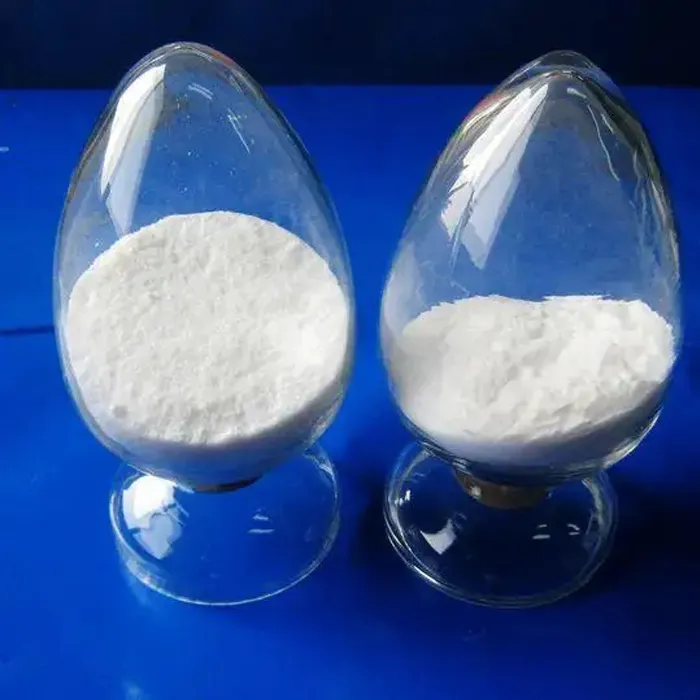Polyacrylamide Production An Overview
Polyacrylamide (PAM) is a versatile synthetic polymer widely used in various industrial applications, including water treatment, soil conditioning, and food processing. Its unique properties, such as high solubility in water and excellent flocculation capabilities, make it an essential material in several sectors. The production of polyacrylamide involves a series of chemical processes that convert acrylamide monomers into high molecular weight polymers.
The primary raw material used in polyacrylamide production is acrylamide, a water-soluble monomer derived from the petroleum industry
. The production process begins with the polymerization of acrylamide, which can be achieved through various methods, including free radical polymerization, ionic polymerization, or redox polymerization. Among these methods, free radical polymerization is the most commonly used technique due to its efficiency and scalability.In the free radical polymerization process, an initiator is added to the acrylamide solution. This initiator generates free radicals, which react with acrylamide monomers to form active chain-growing species. As the reaction proceeds, these species continue to react with more acrylamide molecules, resulting in the formation of long polymer chains. The reaction parameters, such as temperature, pH, and concentration of reactants, play a significant role in determining the molecular weight and properties of the resulting polyacrylamide.
polyacrylamide production

The polyacrylamide produced can be tailored for specific applications by adjusting the degree of cross-linking and the presence of copolymers. For instance, the addition of cross-linking agents can create gels with unique properties, suitable for applications in biomedicine and agriculture. Additionally, the use of different monomers like acrylic acid can enhance the performance of polyacrylamide in various processes.
Once synthesized, polyacrylamide can be processed into different forms, including powders, granules, or emulsions, depending on its intended use. The powdered form is commonly used in water treatment applications, where it acts as a coagulant and flocculant, enabling the effective removal of suspended solids and improving water clarity.
Despite its widespread applications, concerns have been raised about the environmental impact of polyacrylamide. As such, the industry has focused on developing greener production methods, including bio-based alternatives and more sustainable practices that minimize hazardous waste.
In conclusion, polyacrylamide production is a complex yet vital process that caters to various industrial needs. Its adaptability, combined with ongoing innovations towards sustainable practices, ensures that polyacrylamide remains a crucial player in enhancing environmental and industrial processes. As the demand for efficient and eco-friendly solutions increases, the future of polyacrylamide production looks promising.

